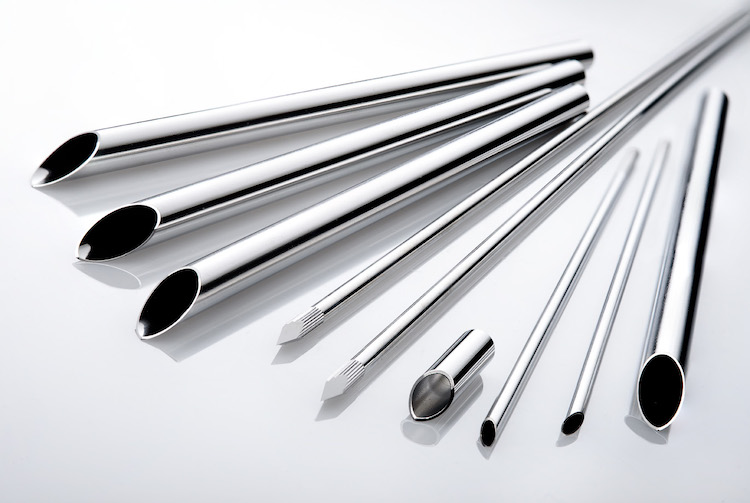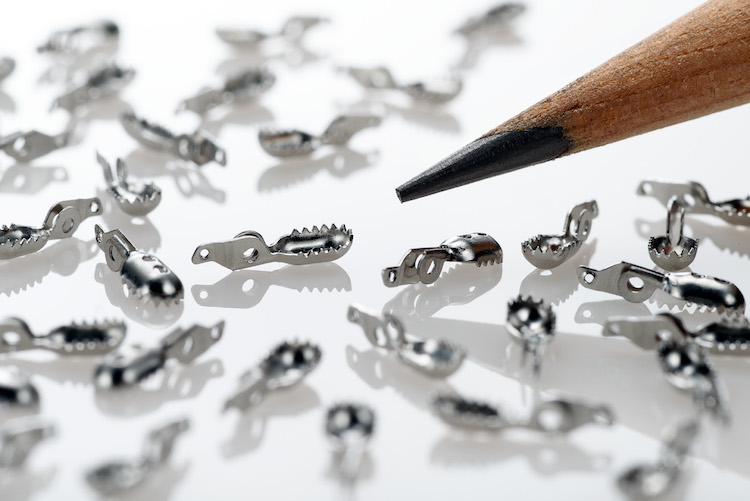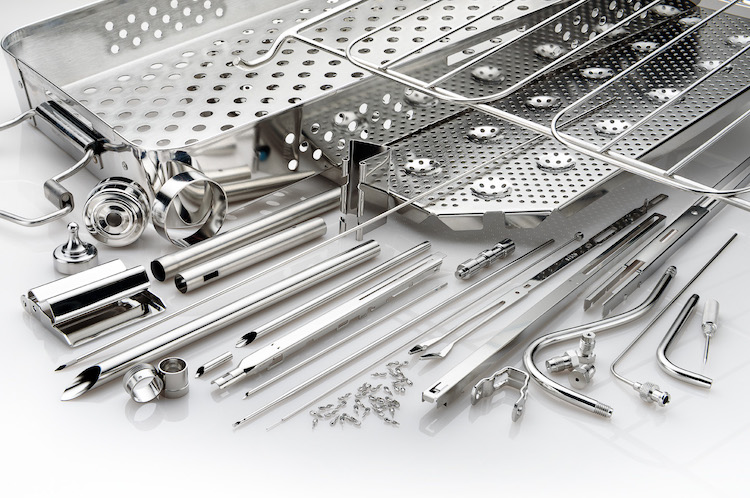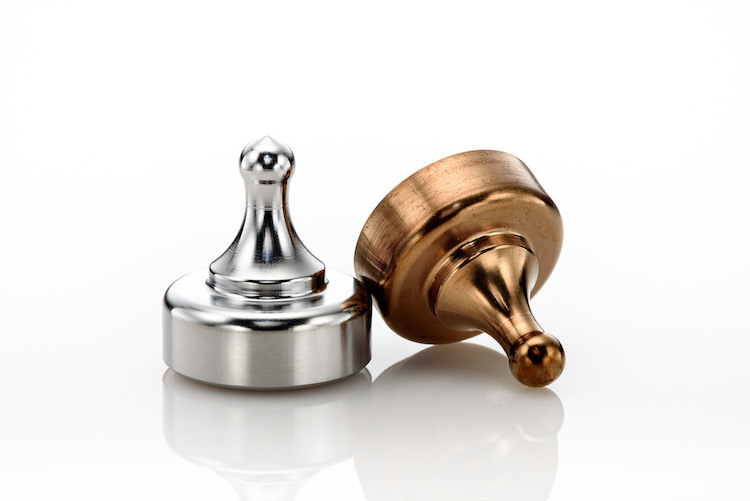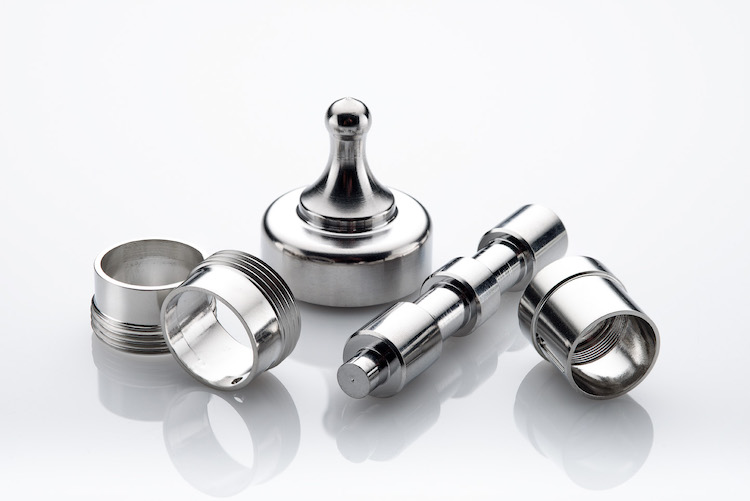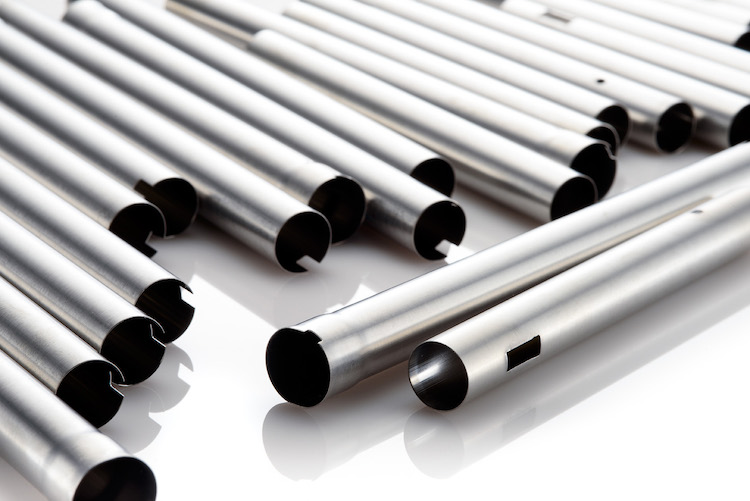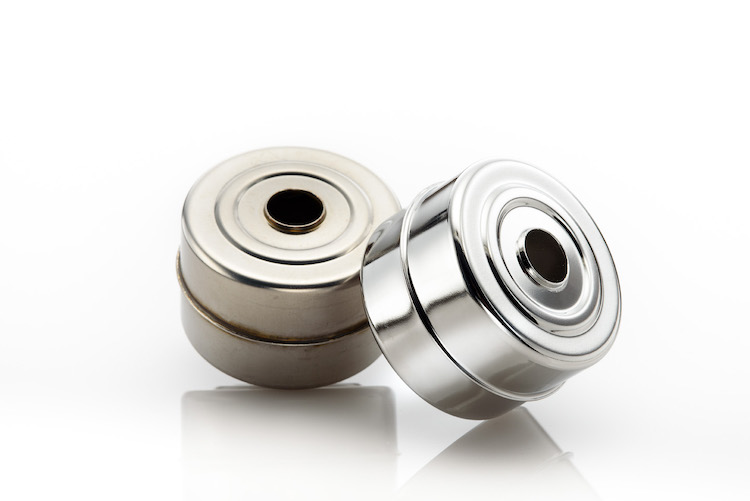Passivation of Stainless Steel
The passivation of stainless steel is a process that helps protect the metal from corrosion and rust. There are multiple ways to achieve stainless steel passivation including nitric acid passivation and citric acid passivation but electropolishing has been scientifically proven to be the most effective means of achieving the passivation of stainless steel.
What is Stainless Steel Passivation?
The passivation of stainless steel is a process that helps protect stainless steel surfaces from corrosion and rust. Stainless steel is considered “passivated” when it shows high resistance to corrosion in an environment where one would expect corrosion to take place. The passivation of stainless steel helps to ensure the longevity of stainless steel products, making them more reliable and safer for use in a variety of industries. But what exactly is stainless steel passivation, and how does it work? Lets take a closer look.
Understanding Stainless Steel Passivation
To understand the passivation of stainless steel, it helps to understand why stainless steel corrodes or rusts in the first place. The chromium in stainless steel forms a thin, oxygen-enriched, passive layer on the steel’s surface. This layer makes the metal inherently resistant to corrosion. However, manufacturing processes such as rolling, cutting, machining, laser cutting, welding, and other production steps disrupt the passive layer and embed “free iron” and impurities into the surface layer of the metal. When this free iron begins to react with elements from the environment such as salt water, chlorine and many other chemicals when combined with these impurities leads to corrosion. Stainless steel passivation works by removing any impurities or contaminants on the surface of the metal and restoring the chromium oxide layer that is normally present, thereby restoring the stainless steel’s inherent corrosion resistance.
Advantages of Stainless Steel Passivation through Electropolishing
There are multiple processes that can help to achieve passivation in stainless steel including nitric acid passivation and citric acid passivation. However, scientific studies have shown that stainless steel passivation through electropolishing is the most effective means of achieving passivation.
At NEE we agree; parts passivated through an abbreviated electropolishing cycle meet or exceed the corrosion resistance performance of parts passivated using a chemical method.
Passivation of stainless steel through electropolishing provides these key benefits:
The stainless steel passivation through electropolishing process is compliant with ASTM B 912-02 and ASTM A967-13, “Standard Specification for Chemical Passivation Treatments for Stainless Steel Parts.”
Passivation through electropolishing removes all free iron from the surface of the work-piece, immediately eliminating free iron corrosion potential.
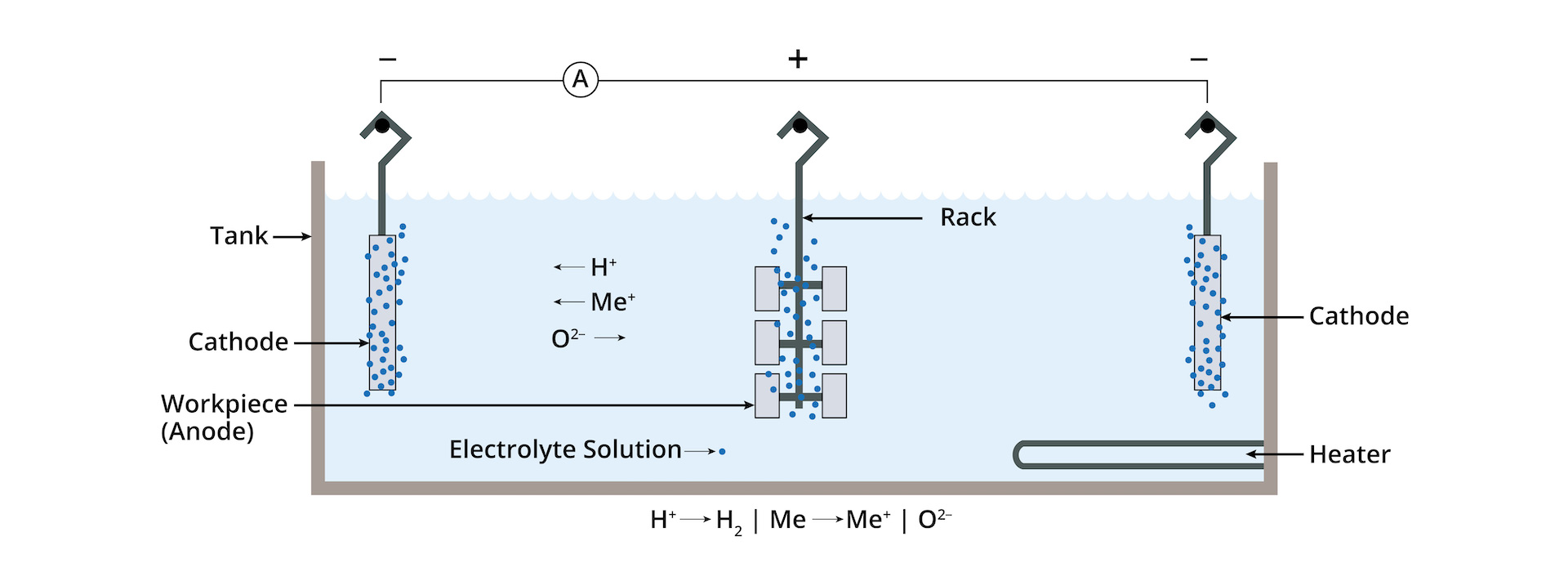
Passivation of Stainless Steel Graphic
How does the passivation of stainless steel work?
Step One: Pre-Treatment/Cleaning:
Upon arrival to NEE all parts and components undergo a thorough pre-cleaning process to ensure surfaces are treated and prepared for the electropolishing process.
Step Two: Racking of parts:
Parts are either racked individually or combined in specially designed baskets for the electropolishing of bulk parts. Parts with restricted tolerances are individually racked for best results.
Step three: Electropolishing:
Once racked, parts are then submerged into an electropolishing bath which contains a calibrated blend of sulfuric acid and phosphoric acid. A positive electrical current is then applied to the solution.
Step four: Post-electropolishing procedures:
The post electropolishing procedure entails a multip step rinsing process which can include up to ten rinsing stations containing various acids or ionized water rinses. Parts are then dried utilizing various methods.
Step five: Testing:
Depending on the client’s needs, the performance of parts can be tested and analyzed through a variety of methods internally or through third-party laboratories.
Step six: Final Inspection/Shipping:
Once the electropolishing process has been completed, all parts undergo a final inspection from our quality control team.
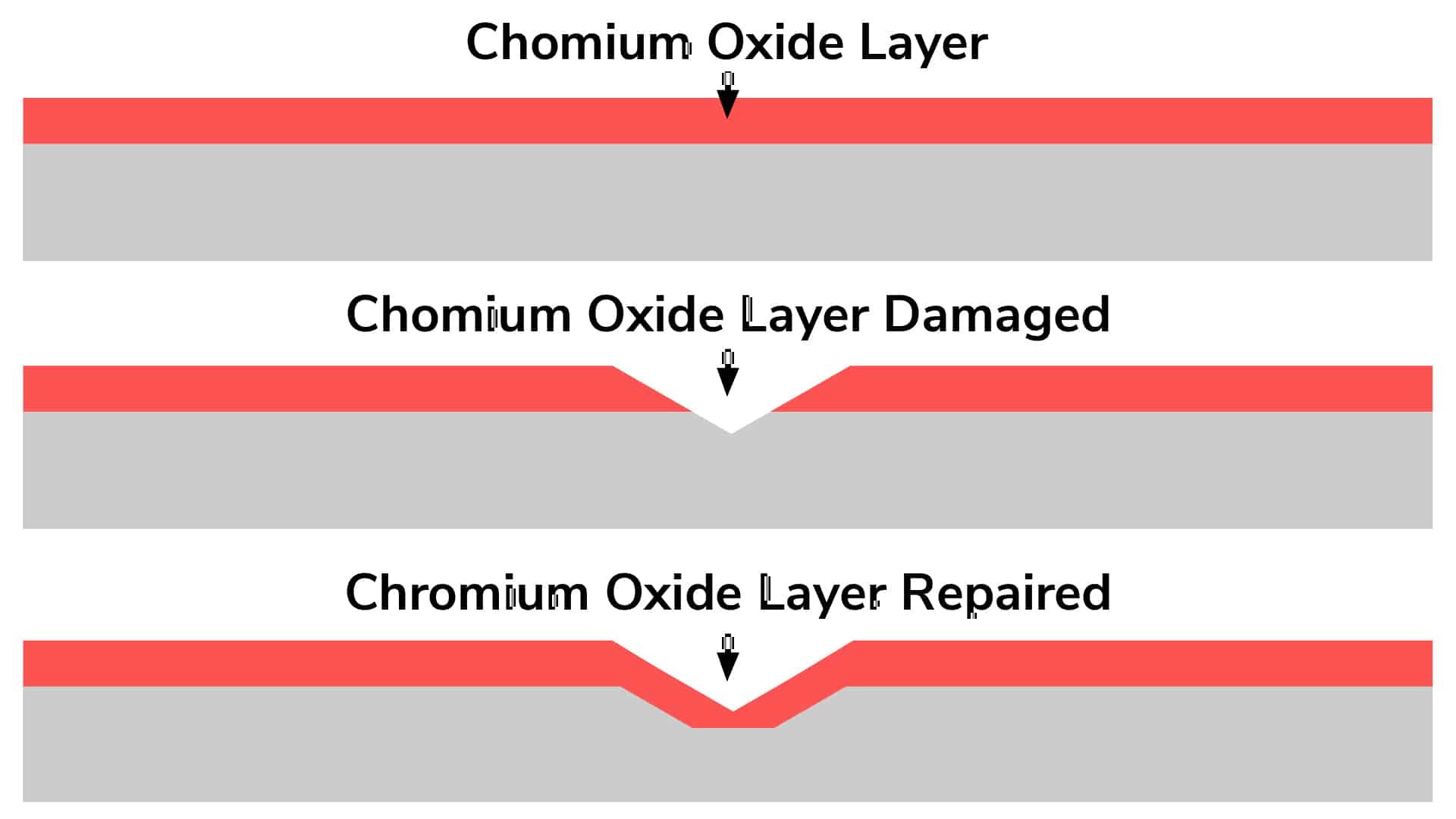
A Stainless Steel Passivation Case Study: Battery Wharf
Battery Wharf serves as a prime illustration of the transformative power of electropolishing in resolving intricate corrosion challenges and extending the longevity of stainless steel in demanding conditions. With over three decades of experience, New England Electropolishing has partnered with numerous organizations grappling with comparable scenarios involving stainless steel structures and components. Don’t wait until it’s too late to safeguard your stainless steel investments.
Summary
In conclusion, the passivation of stainless steel is an important step in the manufacturing process for ensuring that your products remain safe and reliable over time by providing an extra layer of protection from corrosive elements present in the environment. It also provides improved aesthetics and makes cleaning parts easier too! With all these benefits of electropolishing in mind, it’s clear why many product engineers utilize electropolishing to achieve stainless steel passivation. To achieve passivation in stainless steel for your products, contact the experts at New England Electropolishing today. We offer a free sample part electropolished and shipped back to you at no cost.
Resources
What is Electropolishing?
Electropolishing is an electrochemical and reverse plating process that removes the outer layer of skin on a metal…
The Electropolishing Process
The electropolishing process is initiated by immersing a metal part into a temperature-controlled bath of electrolyte…
How Much Material Does Electropolishing Remove?
Electropolishing, when done properly is a highly controllable process which removes as little as…
How Much Will Electropolishing Improve the Surface of my Part?
Ra and RMS are both representations of surface roughness. Ra is calculated as the roughness average of a surface’s…
What is ASTM B912?
ASTM B912 is an industry standard for the passivation of stainless steel alloys through electropolishing…
What is ASTM A967
ASTM A967 is an industry standard specification for the chemical passivation treatments for stainless…

